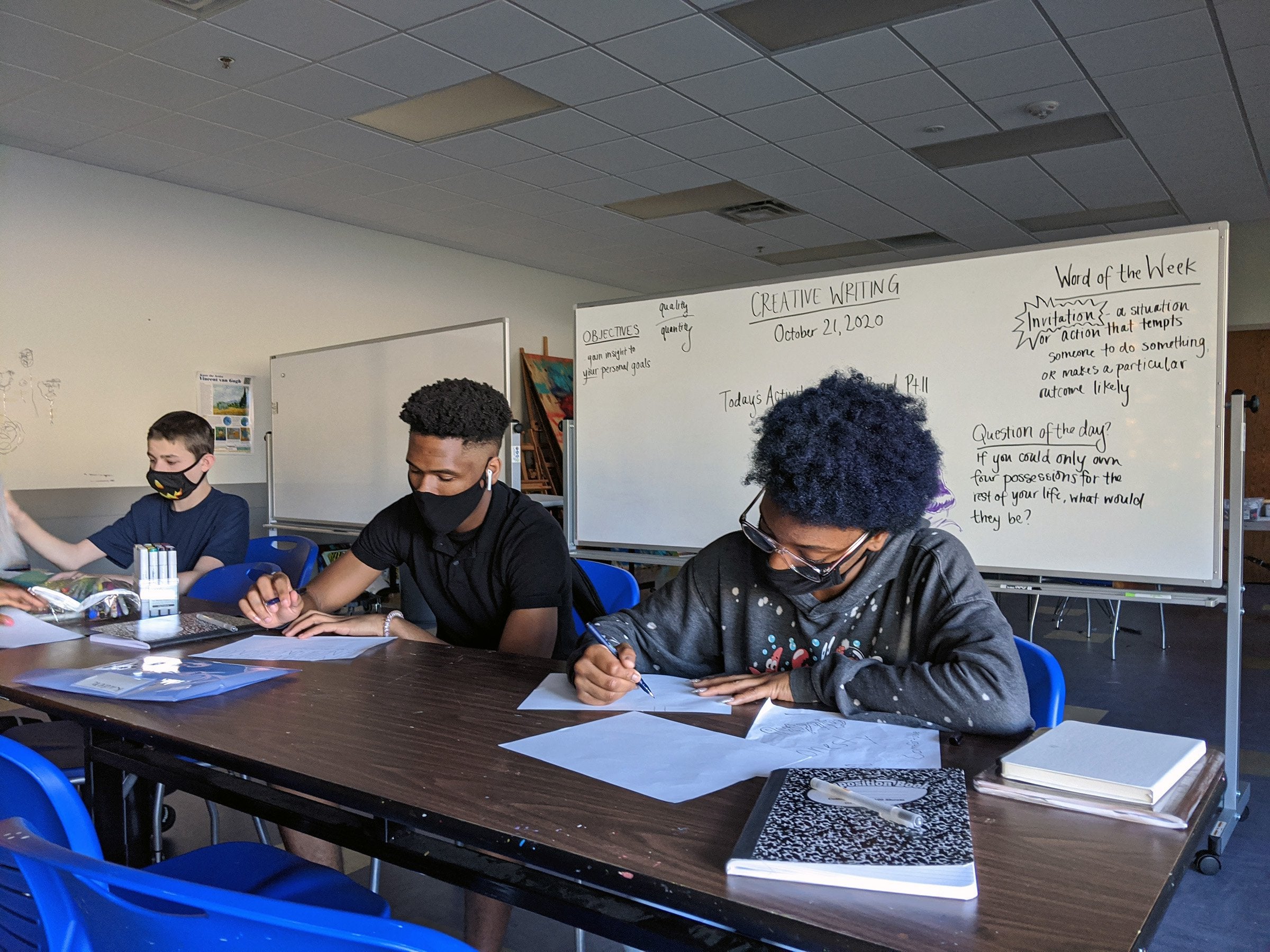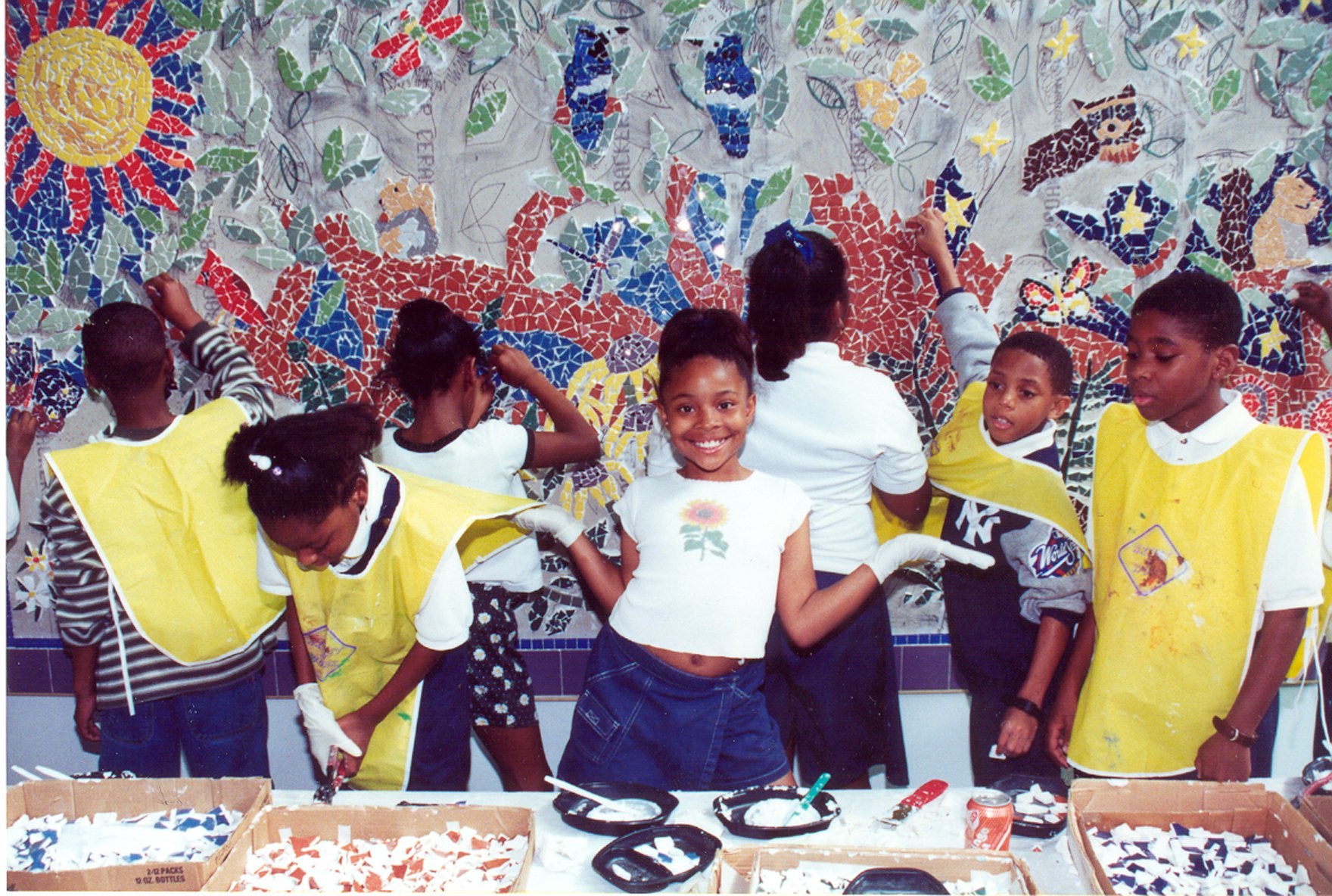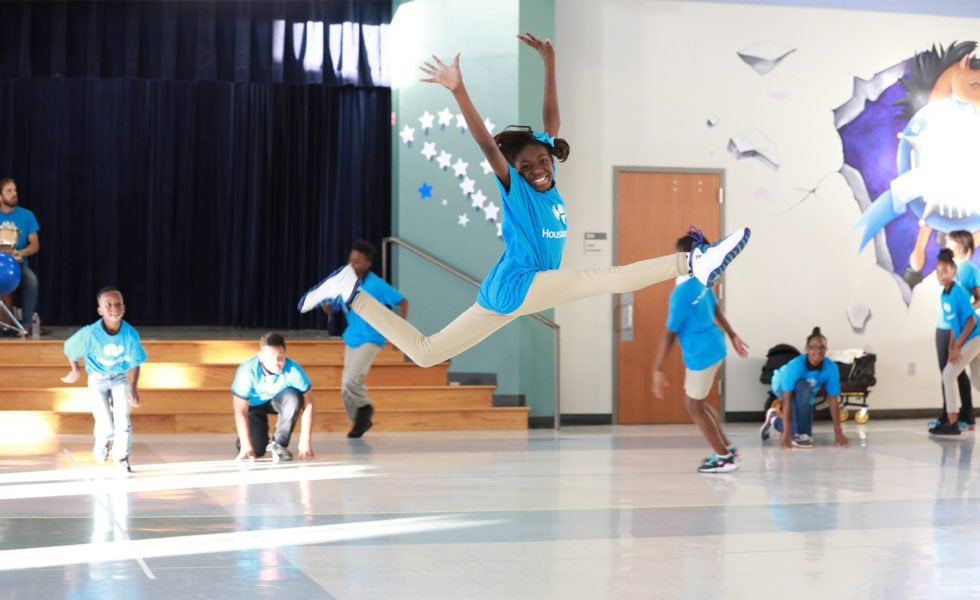Though he'd been drawing since he was young, Kaden Robinson, 17, says it was his program at the Boys & Girls Club in Knoxville that taught him how to express himself through art. Help from mentors, and access to easels and canvases, helped him escape the "dark place mentally" he says he'd been in. "I cannot imagine being the person I am without art," he says.
Kaden’s experience is not unique. Studies confirm that especially with sustained engagement, arts experiences, and especially making art, can help young people gain new perspectives, deepen empathy, picture what is possible, collaborate, and even fuel civic engagement.
Arts learning can also promote school success. In Houston, a randomized study of 10,548 students in grades 3-8 found increasing arts education improved writing achievement, school engagement, college aspirations and arts-facilitated empathy.
Yet spending on arts education has declined, and too many miss out: A 2017 National Endowment for the Arts survey found among 18-24 year-olds, 67 percent of white students reported having had an art class in or out of school, 52 percent of African-Americans, 47 percent of Asian-Americans and 33 percent of Hispanics.
All children deserve access to high-quality arts education in and after school; research shows that includes knowledgeable instructors, positive relationships with adults and peers, high standards, a welcoming environment, and a culminating event to build confidence and community. Within cities, schools and arts organization collaborations can help overcome barriers like transportation and access to instructors.
As Kaden reminds us, arts experiences affirm children’s imaginations, and expand their sense of self--and possibility--in the world. With parents deeply concerned about both learning loss and social and emotional well-being, and in the context of our emergence from COVID-19 and in a national conversation on race, ensuring access to arts experiences will help us build a more equitable future.
A shorter version of this post first appeared in Time Magazine’s Visions of Equity project.
Top photo: Kaden Robinson, 17, in creative writing class; with Shannon Hance, 14, to his left and Kayla Brawner, 15, right. Courtesy of the Boys & Girls Clubs of the Tennessee Valley.




